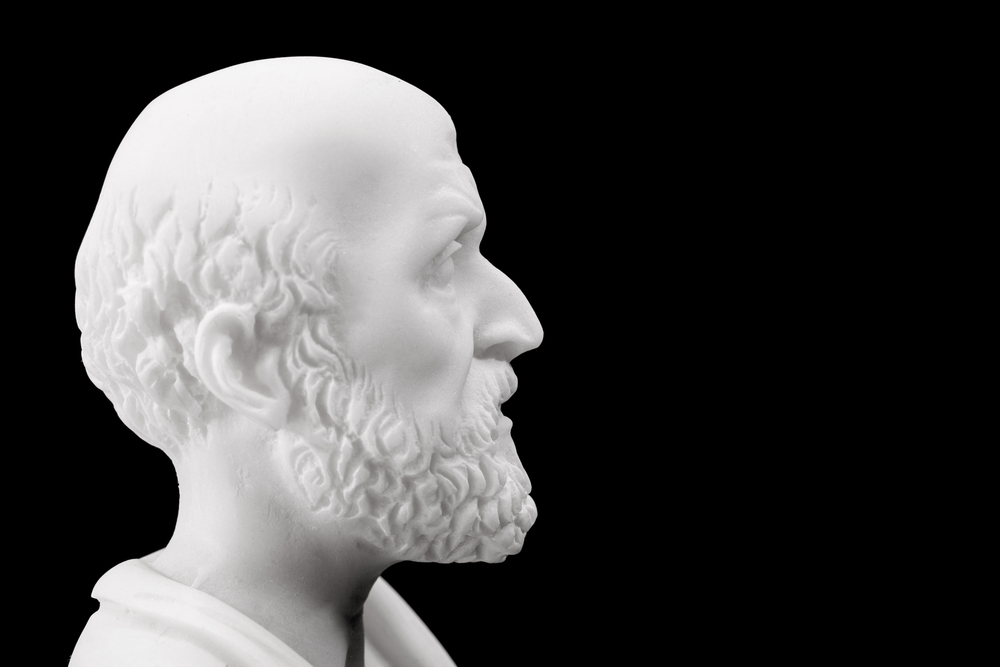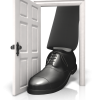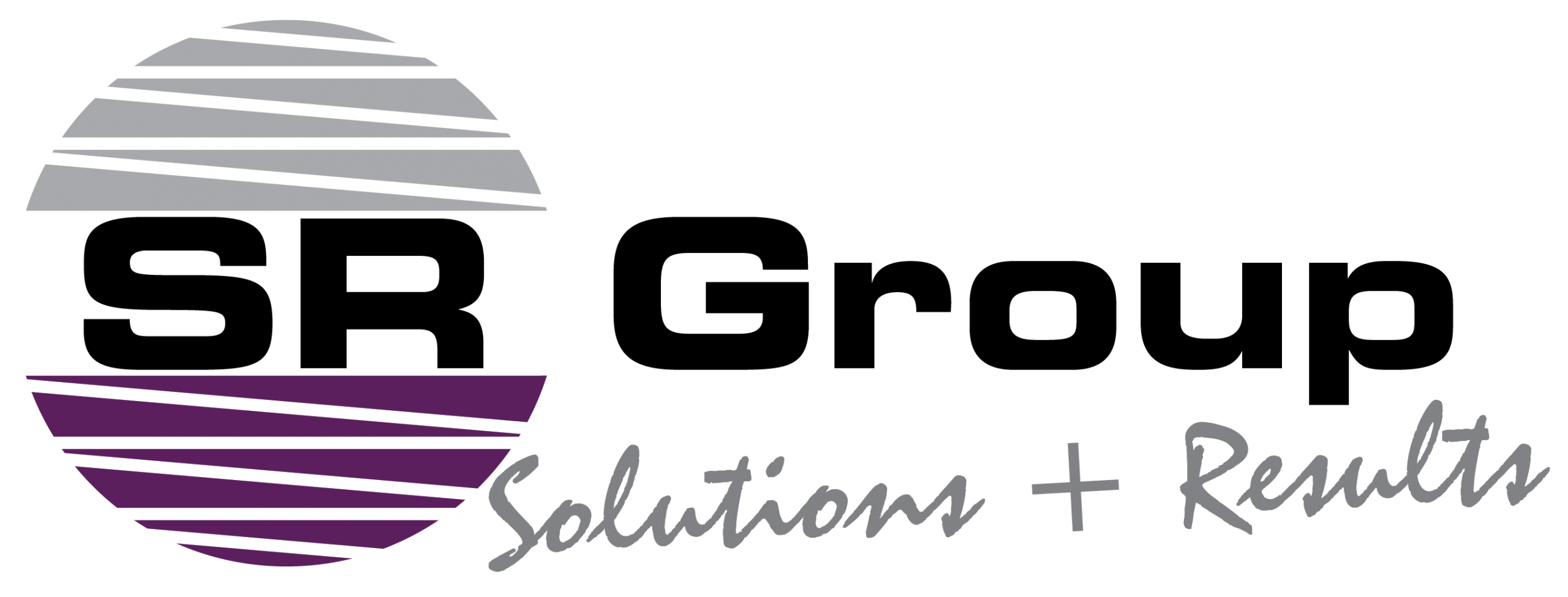
Personality Tests vs DISC Reports
One of the things I love in my role as an Advanced Consultant of Extended DISC is focusing on enhancing individual and team performance for increased Confidence & Communication. That ah-ha moment, when you see the penny drop whether it be an individual recognising their own behaviour and how to modify it or seeing how they can handle a difficult situation better is the most wonderful experience.
Over the coming months, I’m going to share some handy tips on how you can identify and use DISC in your everyday life. In these emails, I’ll be talking about the traits that fit into the four quadrants but I would like to point out that the powerful Extended DISC Assessment Reports which I work with, break down to 160 unique spots where you can fit within the four quadrants.
But first, let me give you a lesson on DISC 101 to get you started.
We are often asked about the difference between a personality test and a DISC behavioural assessment. Some companies interchange the two terms, essentially implying they have the same meaning. However, there is a difference. Personality tests analyse an individual’s personality and DISC typically measures behaviour. Advanced or Extended DISC tools usually measure both conscious and unconscious behaviour.
What is Personality?
The American Psychological Association defines personality as the “individual differences in characteristic patterns of thinking, feeling and behaving.” Personality tests describe who an individual really is based on their thoughts, feelings and behaviours and indicate their basic tendencies.
Personality Tests measure quantifiable characteristics on a scale. An individual’s result for a specific characteristic is measured against patterns of normality, usually represented as a bell curve. For example, how assertive is this individual in comparison with the rest of the population or group?
In business, personality tests allow individuals to be compared to other employees who have met with success or failure in a job.
What is Behaviour?
According to the Merriam Webster Dictionary, behaviour encompasses the way we react or respond to external stimuli in our environment. These behaviours also contribute to the make-up of our personality.
DISC based assessments report on an individual’s strengths or behaviours that use the least energy and most energy. They indicate how an individual prefers to respond to problems, people, work environment and procedures.
DISC based assessments are effective when used for personal development, coaching, team building and interpersonal conflict resolution. Which is the focus on my business.
Extended DISC Theory on Behaviour
Our behaviours can be divided into different layers, the most important are:
- Conscious Behaviour
Conscious behaviour is our learned behaviour that relates directly to a situation, or people, involved. It combines perceived requirements and inner behavioural motivation. It is our determined, best possible approach to stimuli. At this level we consciously adjust our behaviour to different environments. This adjustment, if far from our natural behavioural style, can sometimes cause us to operate under extreme amounts of stress or pressure.
- Unconscious Behaviour
Unconscious Behaviour is the way we prefer to respond to a stimulus and how we naturally express ourselves. The behaviour at this level is the most natural for us, it is the style we use the most and it also requires the least amount energy. Besides being the behavioural style we most often use, it is also the style we use when we have the least control of ourselves, like under pressure or in a situation when we need to respond fast.
- Behavioural Filters
Behavioural filters are distinctly individual. They can be utilised and changed quickly. The most important Behavioural Filters are attitudes, values, skills, knowledge, experience, physical condition and mental condition.
- Cultural Heritage
Cultural Heritage represents all that we have adopted during our lives. It includes the cultural norms, values, ethics and morals of our culture that we’ve learned and experienced. It is something in our inner self that we are not even fully aware of. It is tacit by nature and we cannot transfer it to anyone else.

All DISC Tools are Different
Most DISC tools only measure a person’s adjusted behavioural style. This is often referred to as your role style or the style you feel you need to emphasise in order to succeed. The adjusted style changes as your roles change.
The difference between Extended DISC and other DISC tools is its ability to also report on your natural style. This allows the assessments to measure behaviour at a deeper unconscious level to exclude the impact of the environment. Your natural style identifies who you actually are, rather than how you are adjusting to your current environment. This allows you to recognise your true strengths and development areas to enhance your performance.
To read more interesting background information about DISC
DISC THEORY ORIGINS: Ancient Greece?

Hippocrates (460–380 B.C.E.) Ancient Greek physician, traditionally regarded as the father of medicine. Sculpture isolated on black background
What is a Psychometric Test?
Myths Busted – Psychometric Testing
SR Group uses the more advanced and powerful tool, Extended DISC to enhance personal and team performance. If you would like a sample report to see what sort of valuable information it uncovers, please contact me directly.
With thanks to HR Profiling for the majority of the background information in this article









No Comments
Sorry, the comment form is closed at this time.